Carica papaya is the scientific name for papaya, which is the name most people use for the orange and green fruit. It has a sweet taste and a soft feel that many people like. The seeds can be eaten, too, but they are more bitter than the fruit.
Carica papaya is a herbaceous succulent plant that is more commonly known as pawpaw. It is in the family Caricaceae. It is native to the tropics of the Americas, but its fruit, which tastes like a melon and is available all year, is now grown in many other tropical areas of the world. In different parts of the world, different parts of the plant are used to treat different human and animal diseases.
Table of Contents
What is Carica papaya?
Papaya (Carica papaya Linn.) is a member of the family Caricaceae. It is known all over the world for its healing and healthy properties. Since ancient times, different parts of the papaya plant have been used to help people feel better.
The active parts of the Carica papaya leaf, such as alkaloids, glycosides, tannins, saponins, and flavonoids, are what make it useful for medicine. Also, the juice from papaya leaves raises the number of platelets in people who have dengue fever.
How does carica papaya work?
It has chemical compounds like caffeic acid, myricetin, rutin, quercetin, -tocopherol, papain, benzyl isothiocyanate (BiTC), and kaempferol that have strong antioxidant properties. So, it can fight pro-oxidants through a number of signalling pathways that either make antioxidant enzymes more active or stop ROS from being made. These signalling pathways turn on the body's antioxidant defences, which protect it from both internal and external sources of oxidative stress. In conclusion, Carica papaya can be added to medicines or supplements to help treat health problems caused by oxidative stress. However, more research is needed to find out if its chemical components can be used to treat other types of chronic diseases.
Health benefits of carica papaya:
Prevents heart disease:
Carica papayas have a lot of vitamin A, vitamin C, and vitamin E, which are all antioxidants. Heart disease may be less likely to happen if you eat a lot of antioxidants. Oxidation of cholesterol is stopped by antioxidants. When cholesterol oxidises, it is more likely to cause blockages that can lead to heart disease.
Also, the high fibre content of papaya may make heart disease less likely. Cholesterol levels go down when you eat a lot of fibre.
Carica papaya has an abundance of folic acid. Folic acid is needed to change the amino acid homocysteine into amino acids that are less dangerous. Heart disease is more likely to happen if you have a lot of homocysteine, an amino acid that is mostly found in meat. So adding papaya to your diet might lower your homocysteine levels and make this risk factor less of a problem.
Improves digestion
Papain and chymopapain are two enzymes found in papaya fruit. Both enzymes break down proteins, which means they can help digestion and reduce swelling. Some over-the-counter digestive aids have papain in them to help with mild stomach upset.
Papain and chymopapain are both anti-inflammatory. They can help with both short-term pain, like from burns or sprains, and long-term pain, like from arthritis and asthma.
Boosts Immune System
The immune system can be strengthened by eating foods that are high in vitamin C. This helps the body fight off bacterial and viral illnesses. Papaya is good for your immune system because it has a lot of this antioxidant.
Carica papaya is also a good source of vitamin A, which is another important vitamin for keeping the immune system healthy and working well.
How to eat carica papaya?
When you go to the store to buy a carica papaya, think about when and how you want to eat it. Papayas that are still green aren't ready yet, so they won't have the right taste or texture. Carica papayas that aren't ripe, on the other hand, can be cooked or eaten raw in some salads. Carica papayas that are ripe have skin that is red or orange. You want it to feel just a little soft, but not too soft.
If you buy papayas that aren't ripe yet, store them at room temperature so they can ripen before you eat them.
When you are ready to eat the carica papaya, just cut it open, scoop out the seeds, and eat the orange inside. The skin and seeds are safe to eat, but most people don't.

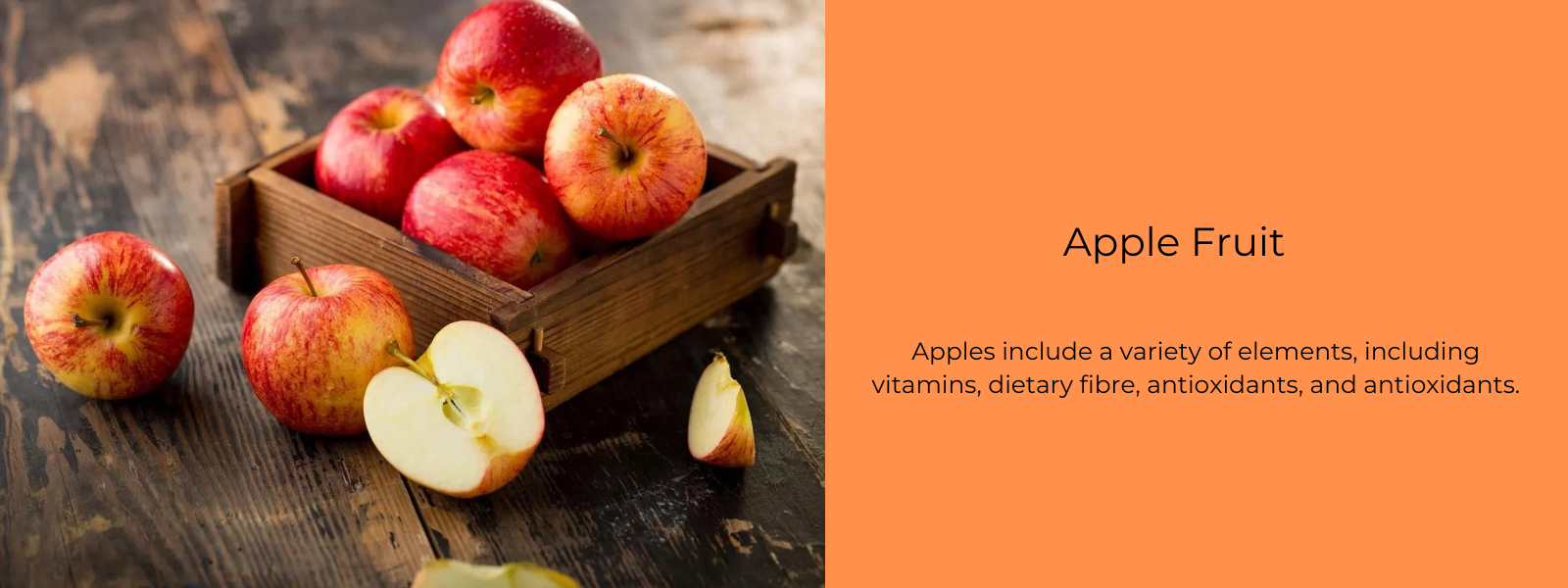
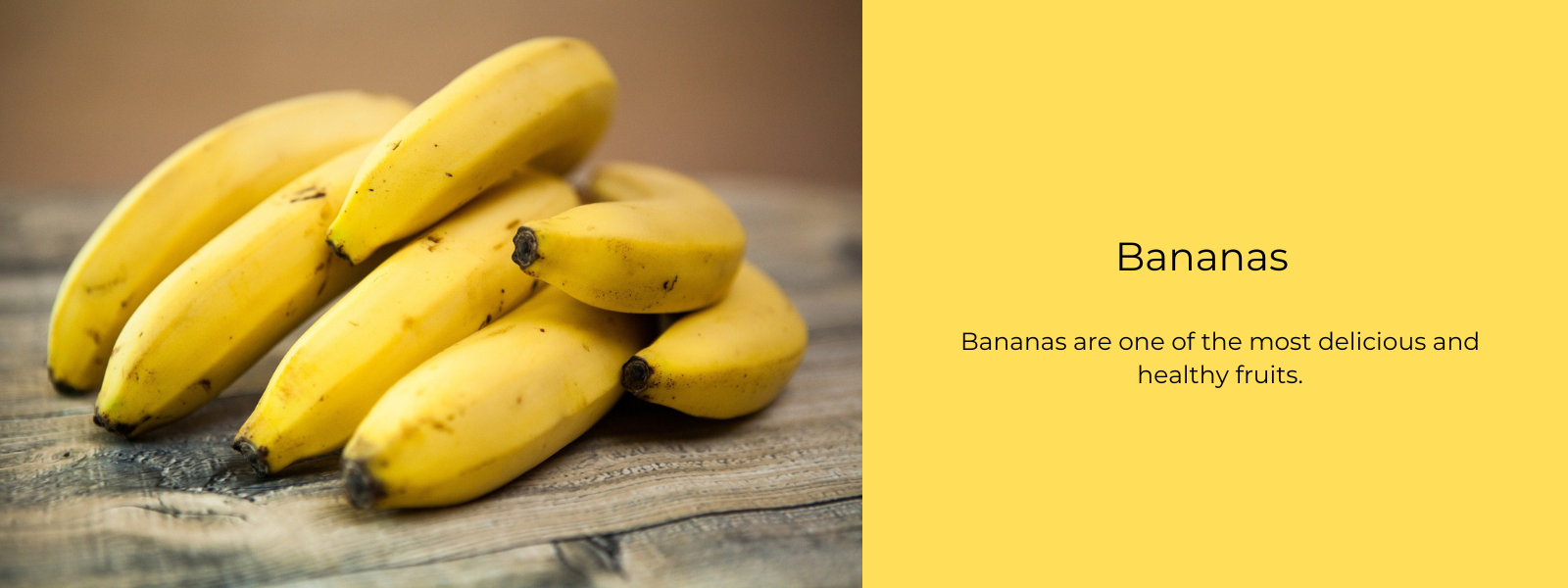
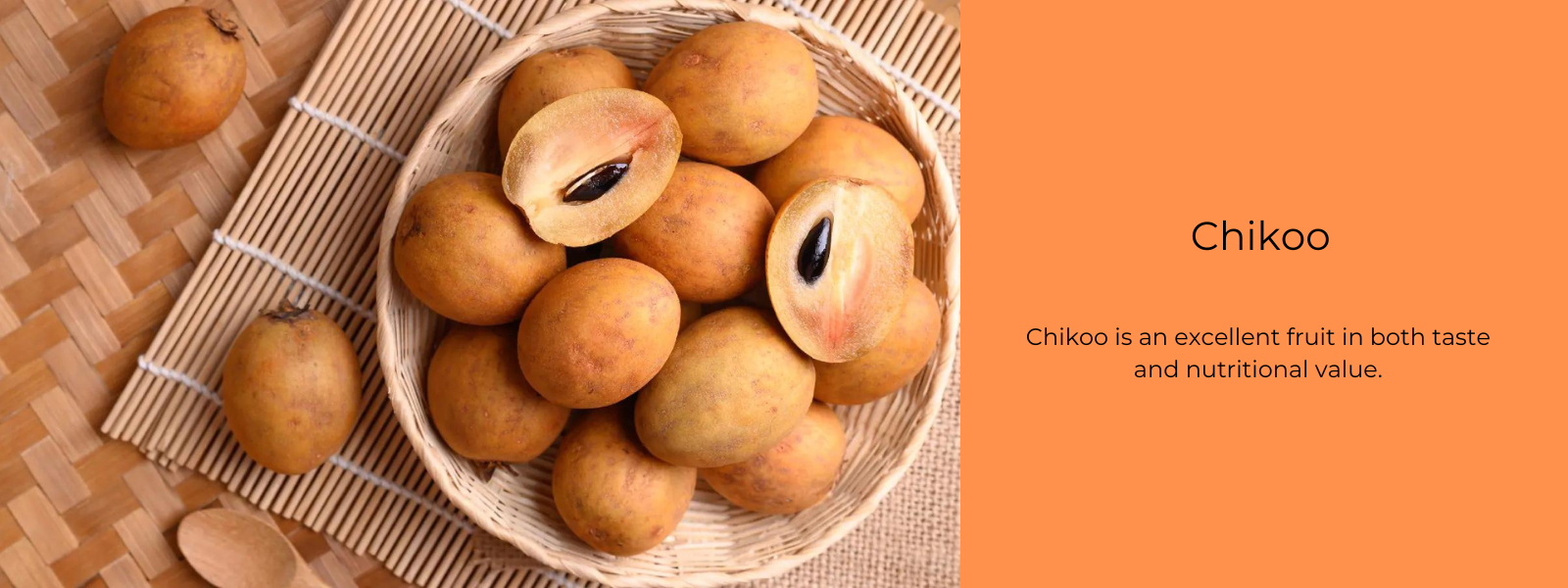
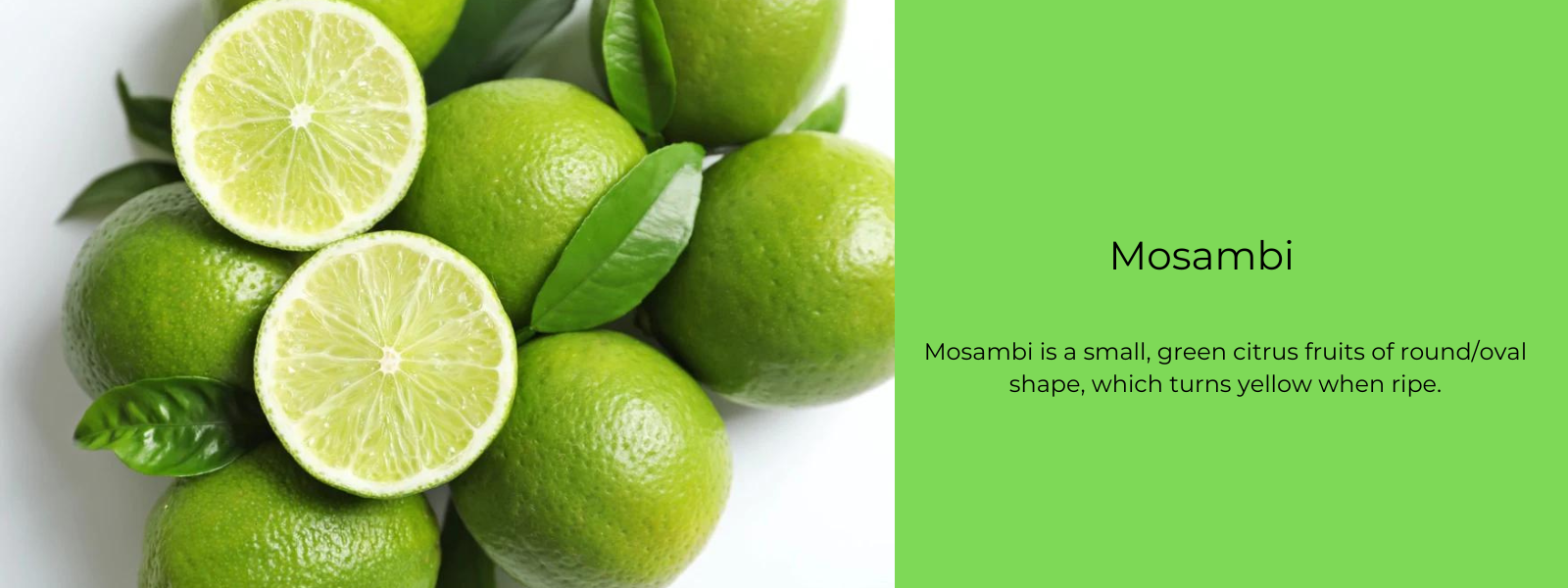
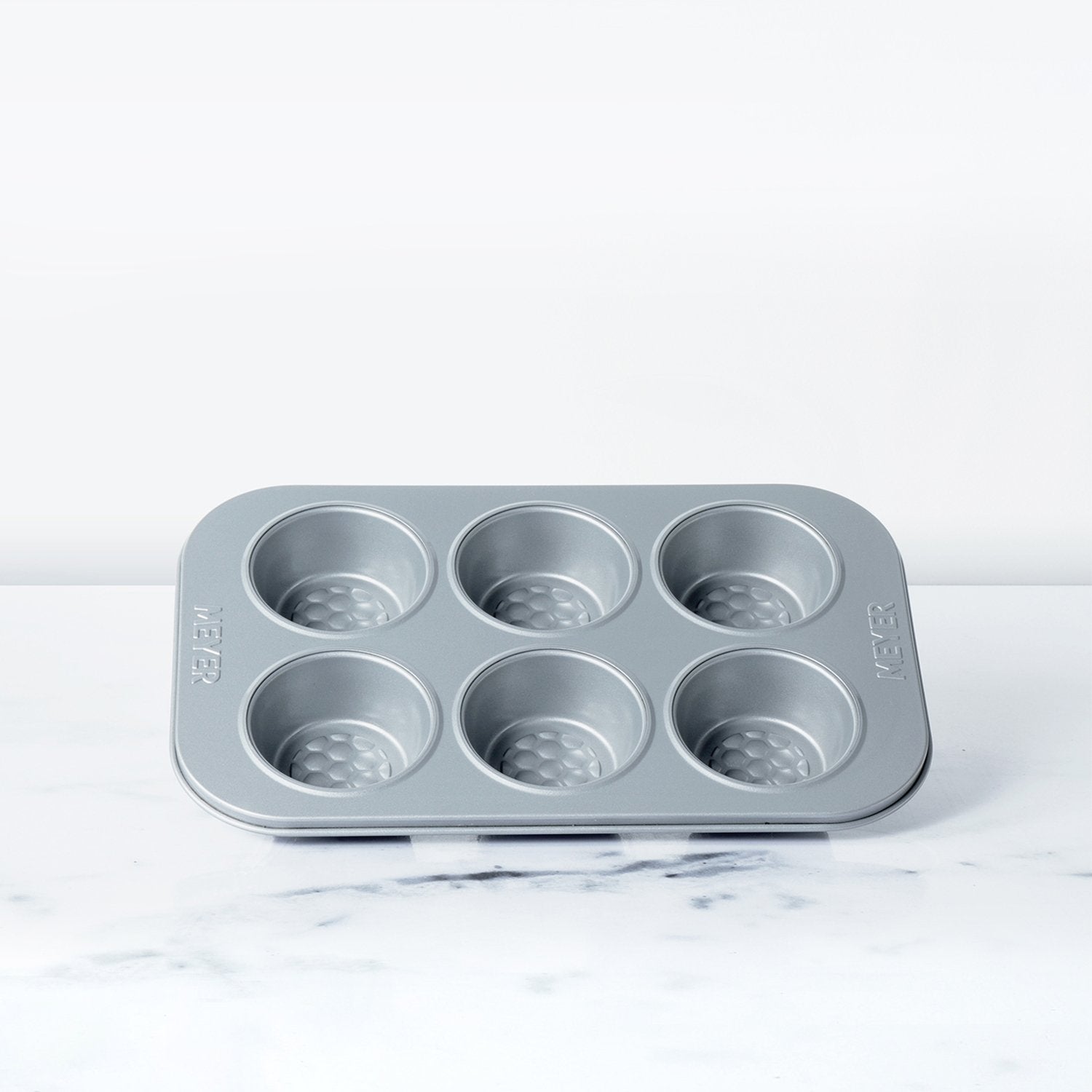





Leave a comment